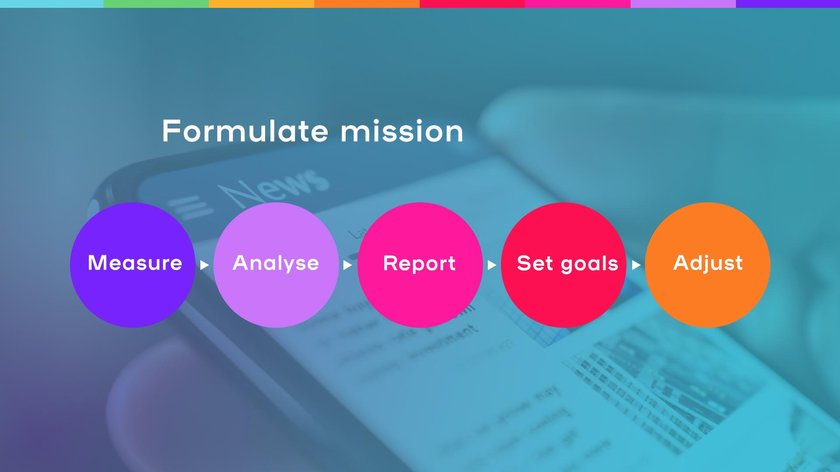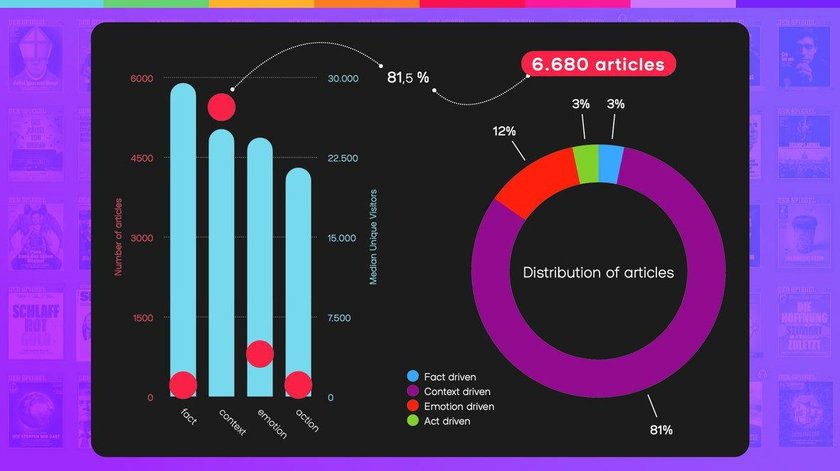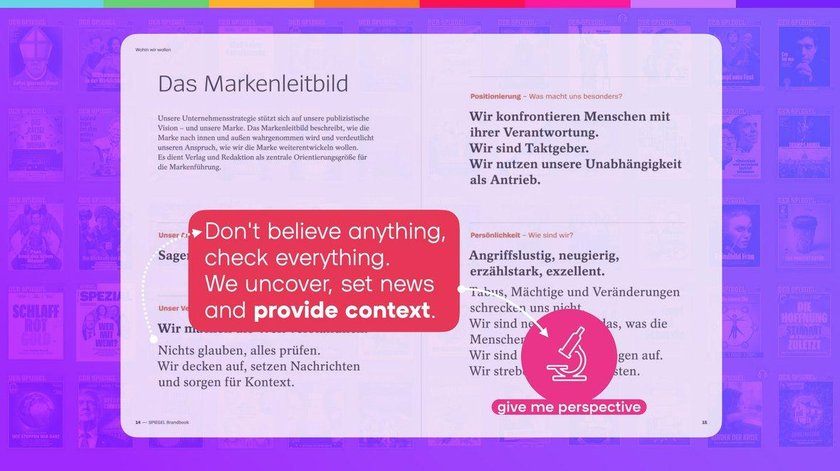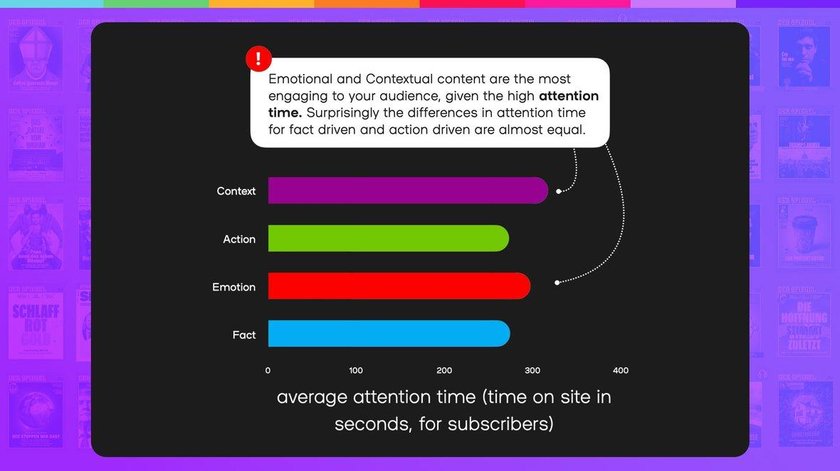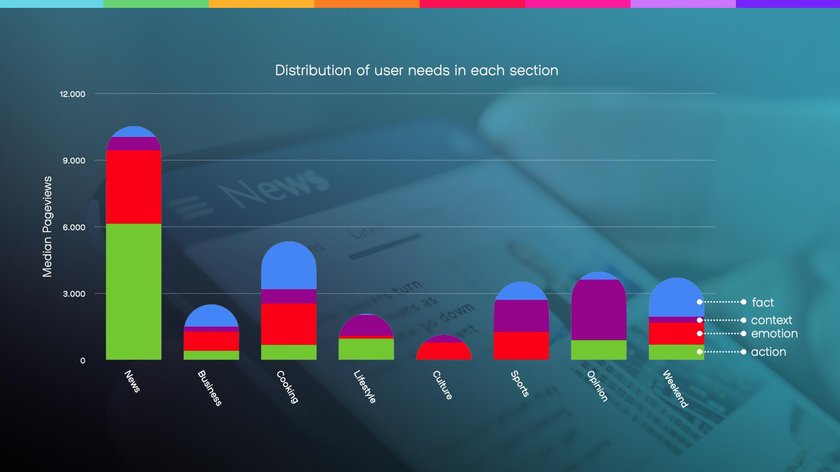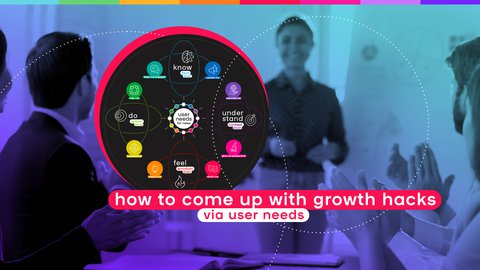If data informs your editorial decisions, the central question should always be: what works and what doesn’t? But there’s an even more fundamental one to answer first. What does success actually mean?
That definition must reflect your newsroom’s mission. Perhaps you aim to offer your audience deeper context on the news. Or maybe you want to spark emotion. Or help people make everyday decisions. Whichever it is, the only way to measure impact is to look at what readers consume and how they engage with it.
Thanks to a blend of research and artificial intelligence, smartocto is now able to analyse vast volumes of content based on exactly this: editorial intent. That opens up something new and important. For the first time, we can pinpoint where a newsroom’s real strengths lie. In the User Needs Labs programme, twenty media brands used this analysis as a foundation for what we like to call ‘growth hacks’ – small, strategic experiments that can lead to major insights.
And that, in a nutshell, is the role of a baseline report. It shows you where you are before you try to move forward. It gives your experiment the best possible start.
From this position of clarity, newsrooms can begin to identify which content types strike a chord and which fail to land. The goal is not to chase performance for its own sake but to reinforce editorial strength. In that light, it is a powerful form of self-assessment.

